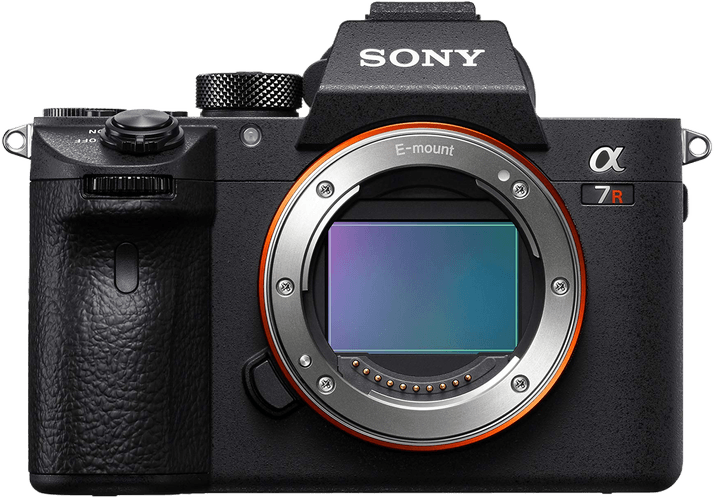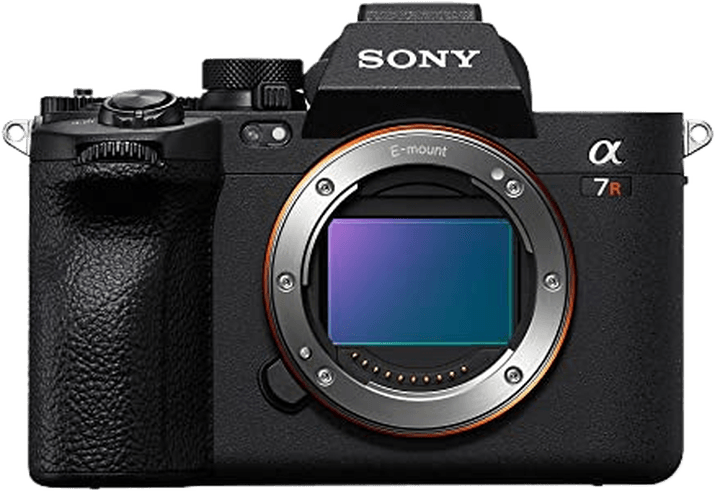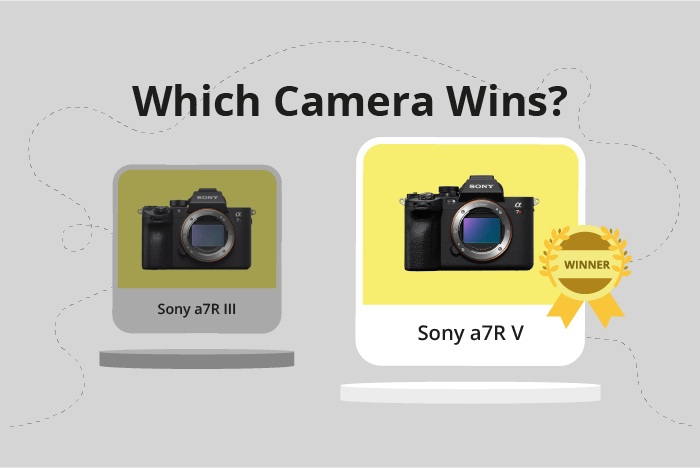Sony a7R III vs a7R V Comparison
Sony a7R III

Sony a7R V

The Sony a7R V emerges as the winner with a score of 85/100, slightly ahead of the Sony a7R III‘s score of 83/100. Both cameras share similar features, such as being mirrorless and having comparable sizes. The a7R V measures 131 x 97 x 82mm and weighs 723g, while the a7R III is slightly smaller and lighter, at 127 x 96 x 74mm and 657g.
The a7R V outperforms the a7R III with its more recent release date in 2022 and a higher launch price of $3999, indicating better technology and features. However, the a7R III still holds its own with its lower launch price of $3200, making it a more budget-friendly option.
Considering the similarities and differences, the Sony a7R V stands out as the better camera due to its higher score and advanced features. On the other hand, the Sony a7R III is a viable choice for those seeking a more affordable option without sacrificing too much in terms of quality.
Sony a7R III vs a7R V Overview and Optics
The Sony a7R V wins the optics comparison with a score of 85/100, while the Sony a7R III scores 84/100. Both cameras share several specifications, including a 10 fps shooting speed, CMOS sensor type, full-frame sensor size, Sony FE lens mount, and image stabilization.
The a7R V outperforms the a7R III in terms of megapixels, boasting a 61-megapixel sensor compared to the a7R III’s 42.4-megapixel sensor. This higher resolution allows the a7R V to capture more detail and produce larger prints. Additionally, the a7R V features a more advanced Bionz XR processor, which enhances processing speed, image quality, and overall performance.
On the other hand, the a7R III has a higher DXOMARK score for its sensor, with a score of 100 compared to the a7R V’s 94. This means the a7R III’s sensor performs better in aspects such as dynamic range, color depth, and low-light performance. However, the difference in DXOMARK scores is not significant enough to impact the overall quality of the images produced by these cameras.
Taking all of this into account, the Sony a7R V’s higher megapixel count and more advanced processor give it a slight edge over the Sony a7R III in terms of optics performance. However, the a7R III’s superior sensor score indicates that it is still a strong contender in this comparison. Ultimately, both cameras are excellent choices, but the a7R V’s improvements make it a better option for those seeking higher resolution and faster processing.
Sony a7R III vs a7R V Video Performance
The Sony a7R V outperforms the Sony a7R III in video capabilities with a video score of 100/100, compared to the a7R III’s 56/100. Both cameras share some similarities in their video specifications, but the a7R V has several superior features that contribute to its higher score.
Both cameras offer 4K video resolution, but the a7R V takes it a step further with 8K resolution, providing significantly higher video quality. Additionally, the a7R V has a maximum video dimension of 7680 x 4320, doubling the a7R III’s 3840 x 2160 dimensions. This results in sharper and more detailed videos on the a7R V.
The a7R V also boasts a higher maximum video frame rate at 120fps, compared to the a7R III’s 30fps. This allows for smoother slow-motion footage and more flexibility in post-production. Furthermore, the a7R V has built-in time-lapse functionality, a feature absent in the a7R III. This makes the a7R V more versatile and convenient for capturing time-lapse videos without needing additional equipment.
Despite the a7R III’s lower video score, it still offers 4K video resolution, which is sufficient for most users’ needs. The 30fps frame rate is adequate for general video recording, although it may not be ideal for slow-motion or action shots.
The Sony a7R V’s superior video capabilities make it the clear winner in this comparison. Its 8K resolution, higher maximum video frame rate, and built-in time-lapse functionality give it a significant advantage over the Sony a7R III. While the a7R III is still a capable camera for video recording, the a7R V is better suited for those seeking the highest quality and versatility in their video content.
Sony a7R III vs a7R V Features and Benefits
The Sony a7R V wins the features comparison with a score of 87/100, while the Sony a7R III scores 83/100. Both cameras share several specifications, including a touchscreen, flip screen, WIFI, and Bluetooth. Neither of them has GPS.
The Sony a7R V’s advantages lie in its larger screen size and higher screen resolution. With a 3.2-inch screen, compared to the a7R III’s 3-inch screen, the a7R V offers more display area for better image review and menu navigation. Additionally, the a7R V’s screen resolution of 2,100,000 dots exceeds the a7R III’s 1,440,000 dots, providing a clearer and sharper display for enhanced image and video quality assessment.
The Sony a7R III, despite scoring lower in features, still offers a solid set of specifications. It has a touchscreen, flip screen, WIFI, and Bluetooth, allowing for convenient operation and seamless connectivity. However, it does not surpass the a7R V in any specific feature.
Considering these points, the Sony a7R V proves to be the superior camera in terms of features. Its larger screen size and higher screen resolution contribute to a more enjoyable and efficient user experience. The Sony a7R III, while not as advanced as the a7R V, remains a reliable choice with its own set of valuable features. Ultimately, the decision between the two cameras depends on the user’s priorities and preferences, but the Sony a7R V stands out as the winner in this comparison.
Sony a7R III vs a7R V Storage and Battery
The Sony a7R V outperforms the Sony a7R III in storage and battery with a score of 73/100, compared to the a7R III’s 65/100. Both cameras share two memory card slots, compatibility with SD/SDHC/SDXC cards, and use the NP-FZ100 battery type.
The a7R V excels by offering USB charging and compatibility with CFexpress Type A cards, providing faster data transfer and storage. However, its battery life is shorter, at 530 shots compared to the a7R III’s 650 shots.
The a7R III’s advantage lies in its longer battery life, enabling more shots per charge. Despite this, the a7R V’s improved storage options and USB charging capability make it the superior choice in this category.
Sony a7R III vs a7R V – Our Verdict
Are you still undecided about which camera is right for you? Have a look at these popular comparisons that feature the Sony a7R III or the Sony a7R V:

